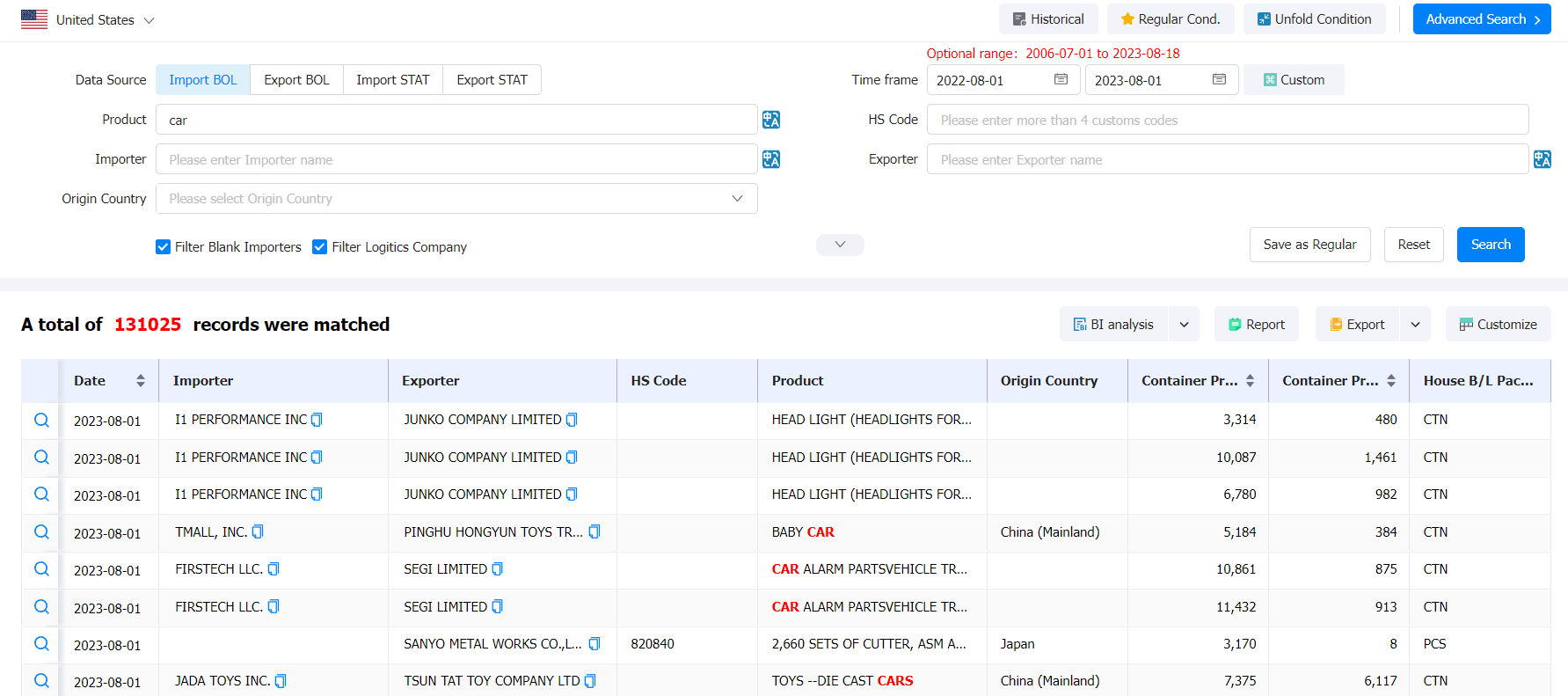 Export News
Export News
 2023-09-21
2023-09-21
Exploring Germany's Dominance in Beer Exports
Germany, often associated with precision engineering and rich cultural heritage, has another notable distinction – it's one of the world's foremost beer-producing and exporting nations. In 2022, the European Union (EU) collectively produced a staggering 34.3 billion liters of alcoholic beer and an additional 1.6 billion liters of non-alcoholic or ultra-low alcohol beer.
Germany: Leading the Way in Beer Production
When it comes to beer production within the EU, Germany maintains its reign as the undisputed leader. In 2022, Germany contributed over 7.6 billion liters, representing more than 22% of the total beer production in the EU. This means that approximately one-fourth of all alcoholic beer produced in the EU originates from German breweries.
Germany's Role in the Beer Export Market
Germany's prowess in beer production naturally extends to its status as a significant beer exporter. In 2022, Germany exported a substantial volume of beer, amounting to 1.5 billion liters. This accounted for 16% of the EU's total beer exports, highlighting the country's significance in the European beer trade.
>>>Click to Check More Import And Export Information from Tendata<<<
Key Export Markets for German Beer
German beer reaches numerous corners of the world, but a few key markets are particularly significant:
· United States: The United States stands out as one of the most crucial export destinations for German beer. American consumers appreciate the quality and diversity of German beer styles, making it a valuable market for German breweries.
· United Kingdom: The UK also plays a vital role as an export market for German beer. British beer enthusiasts have developed a strong affinity for German lagers, wheat beers, and specialty brews.
Germany's Unique Brewing Tradition
Germany's beer culture isn't just about production and export; it's deeply rooted in the country's traditions. With a rich history of brewing, Germany boasts a wide range of beer styles, each with its unique characteristics and regional variations. From Bavarian lagers to Kölsch from Cologne and wheat beers from the north, German beer culture is a tapestry of flavors and brewing techniques.
Challenges and Opportunities
While Germany enjoys a dominant position in the beer export market, it faces both challenges and opportunities. Increased competition from craft breweries worldwide and evolving consumer preferences pose notable challenges. However, the global demand for quality beer presents significant opportunities for German breweries to expand their reach and continue to be leaders in the industry.
>>>Click to Check More Import And Export Information from Tendata<<<
Conclusion
In conclusion, Germany's beer exports are a testament to the country's brewing expertise and rich beer culture. As a top producer and exporter within the EU, Germany's beer industry not only contributes significantly to the country's economy but also showcases its heritage and dedication to brewing excellence on the global stage.
Customs data contains a vast amount of information, and extracting relevant customer contact information can be time-consuming. Is the outcome truly unsatisfactory, or is it due to using customs data in the wrong way, resulting in wasted effort and time?
Utilizing customs data for customer development involves accurately profiling all purchasers and their procurement systems in the target market. This approach swiftly identifies the highest compatibility customers, assesses their credit systems and procurement details, pinpoints premium customers and profit potential, enhances development efficiency, and elevates results. When developing new clients using customs data, consider the following three approaches for reference. (>>>Click to Get Free Access to Customs Data from 80+ Countries<<<)
Creating a Customer Resource Repository by Peer Companies
Have a solid understanding of peer companies' English names (including full names, abbreviations, etc.). Utilize the global networking capability of suppliers to generate a list of all clients associated with peer companies within the system. Following this, perform essential analyses on these clients based on factors like procurement volume, procurement cycle, product models, and others. Ultimately, identify and record the key customers of your targeted peer companies in your customer resource repository.(>>>Click to Start Developing Customers for Free<<<)

All three strategies for utilizing customs data to develop customers can be tailored to your company's actual needs. Depending on market conditions, industry specifics, strategic requirements, etc., find the approach that suits you best, with the sole aim of classifying and organizing your premium customers. Once you've found suitable customers, the next step is to contact them precisely, employing various methods such as phone calls, emails, and online chats.
Category
Leave Message for Demo Request or Questions


 T-info
T-info T-discovery
T-discovery

 My
Tendata
My
Tendata Market Analysis
Market Analysis Customer
Development
Customer
Development Competitor
Monitoring
Competitor
Monitoring Customer Relationship
Customer Relationship




















